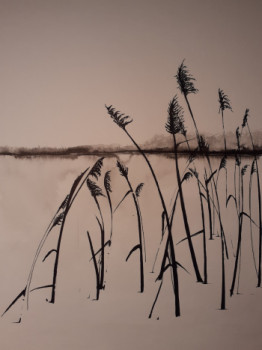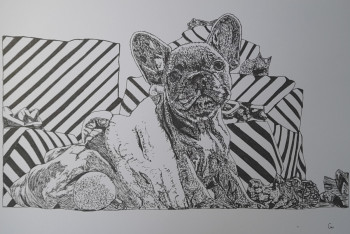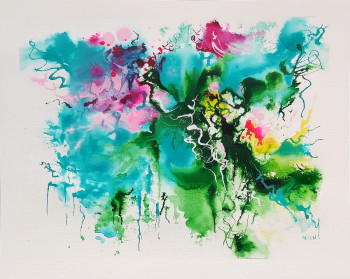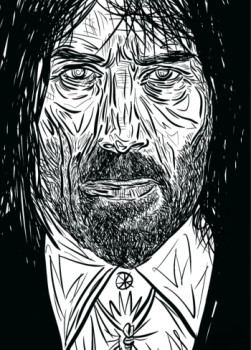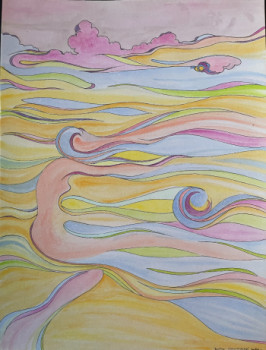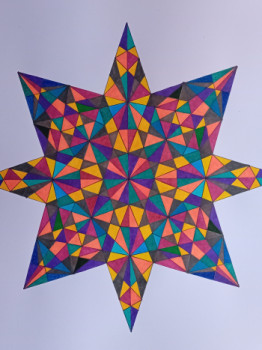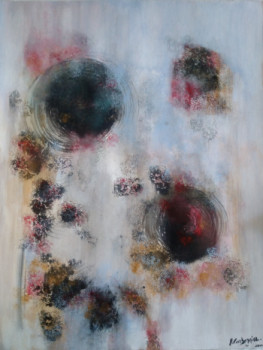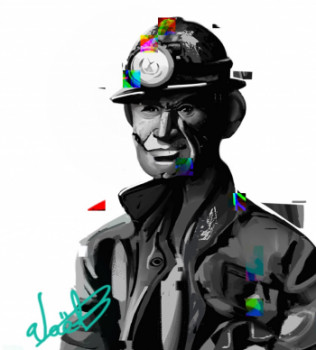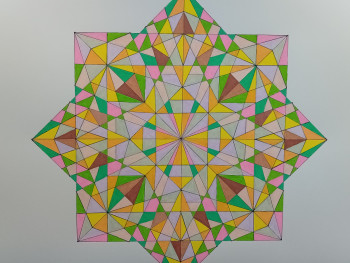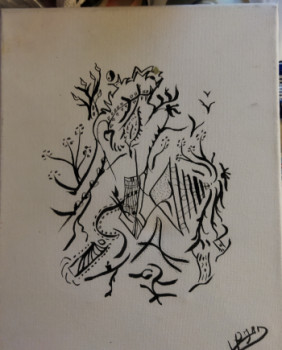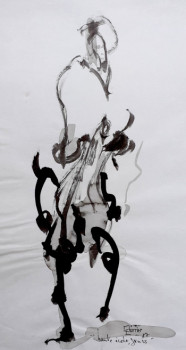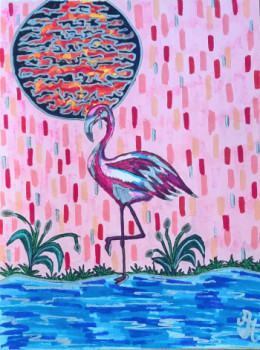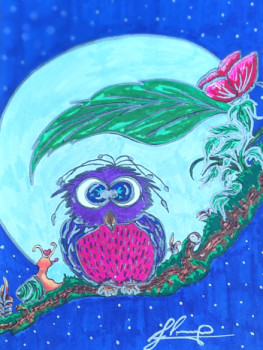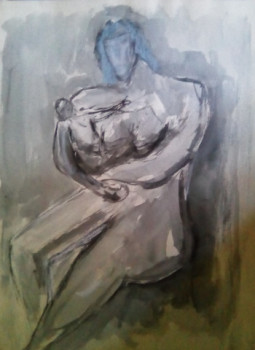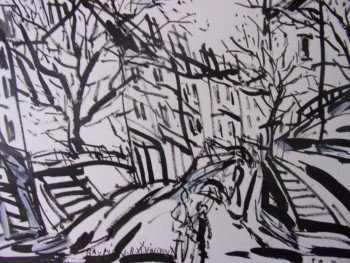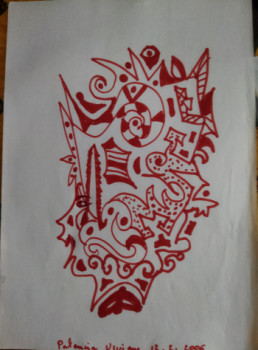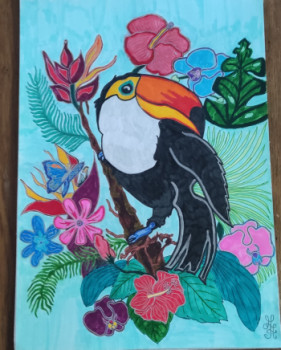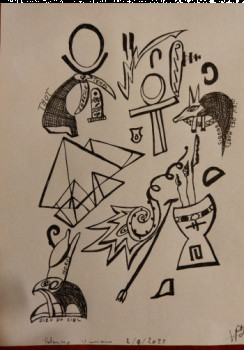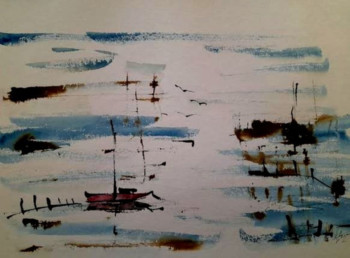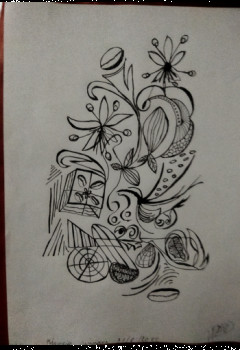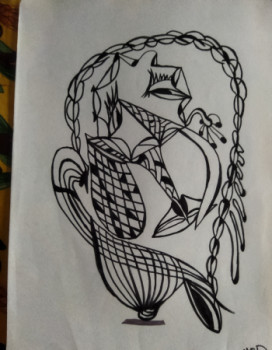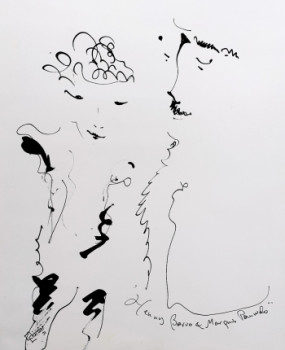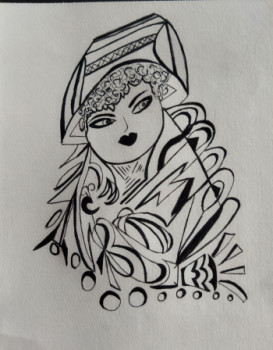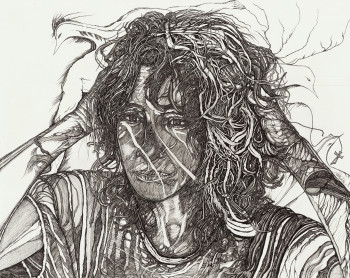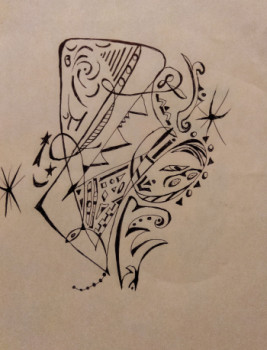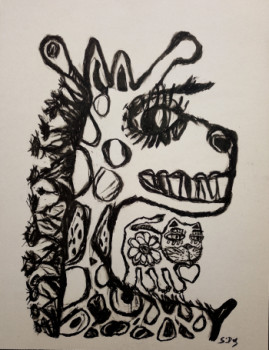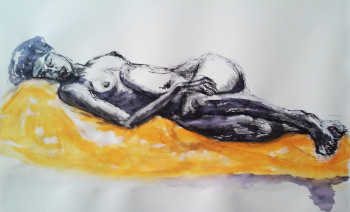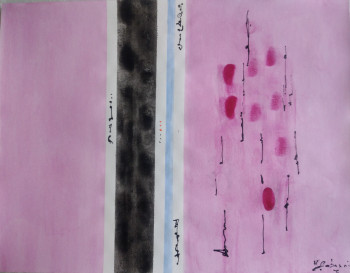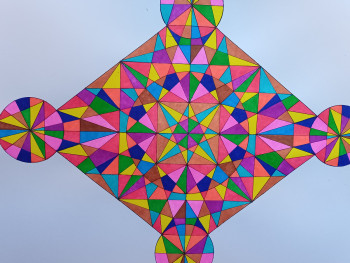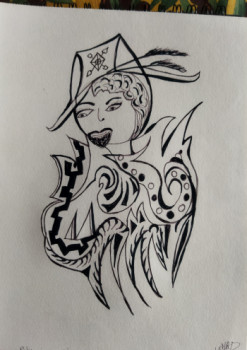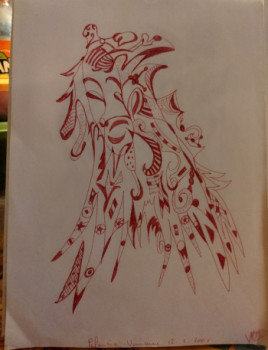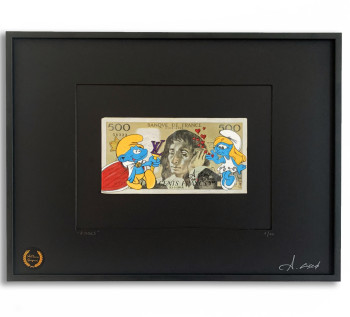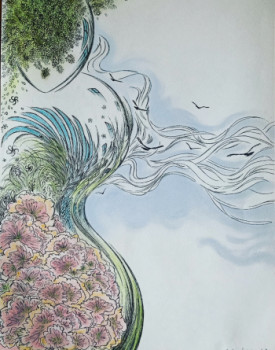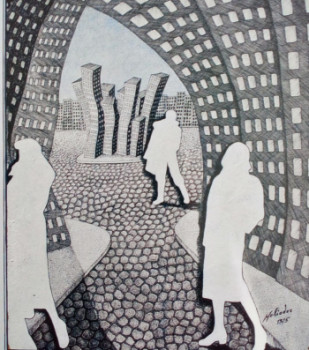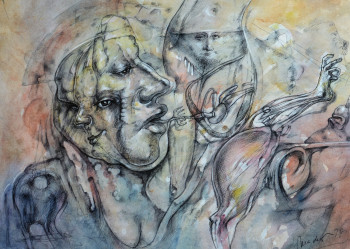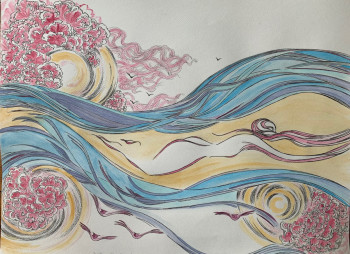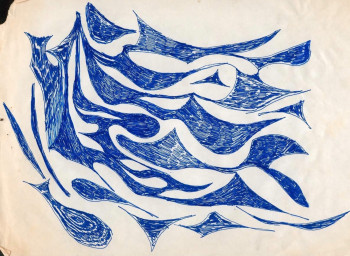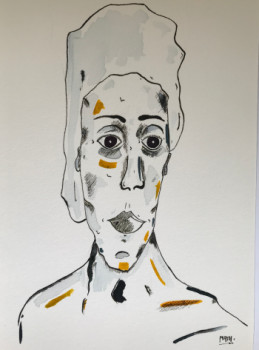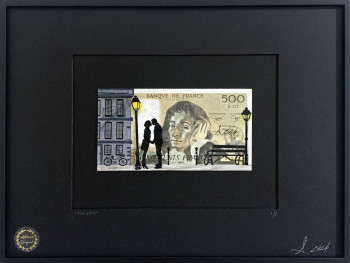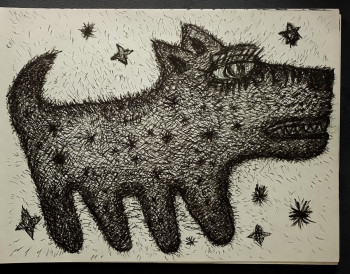
Ink drawing
What is ink drawing?
Ink drawing, or inking, is a technique consisting of drawing; highlight a sketch (often made with pencil) with a layer of more precise indelible black ink, generally Indian ink. We then erase the pencil lines to leave only the ink visible, before proceeding to work on the ink. possible coloring. If we mainly find the drawing at the same time; ink in the world of comics, animated cartoons traditional and illustration sometimes use it.
What materials to practice drawing with? ink?
- Ink
Indian ink is particularly widely used in writing and drawing in comics ink, although its use is rare Trust with the generalization of CAD (or Computer Aided Drawing). We find at; originally Indian ink in the form of solid sticks, at the same time. rub on a stone in water. However, it is marketed in liquid form, and sold in bottles or felt-tip pens.
Watercolor ink, also liquid or in sticks, is a watercolor ink. Its composition includes dyes, gum arabic and water.
Acrylic ink is another variation, also indelible. It is made of acrylic resin and color pigments.
- Paper
The paper Which one to use depends on the type of ink you want to use.
As Indian ink is very thick, it presents no risk of piercing or warping its support. You can therefore simply choose a paper offering a result that you like!
Watercolor ink, Like watercolor paint, requires a sufficiently thick support due to the large quantity of paint. of water that it will have to absorb. Choose a minimum weight of 200 g/m², or even 300 g/m² if you tend to use plenty of water.
Acrylic ink also requires fairly thick paper of at least 200 g/m², but offers the possibility of printing. to work on a wide variety of of supports: canvas, wood, etc.
- Feather
The feathers ballpoints are widely accessible, and are ideal for beginner sketchers.
The feathers felt tip offer as for They have several types of tips (fine, medium, brush...) Prefer a felt tip pen. permanent and archival ink to guarantee good long-term hold of the line.
Fountain nibs are available in several nib widths and offer a consistent ink flow. Their ink is non-permanent, which allows you to experiment with different shadow textures by diffusing it with water.
- Accessibility
Ink drawing is relatively demanding, to the extent thatù it is impossible to rework his lines once placed on paper. Once penetrated; in the fiber of the paper, the dried ink cannot be separated.
On the contrary, the pencil The paper can be erased and the paint can be corrected after drying: it is often these facilities that attract beginners.
It is, however, possible to practice drawing with your own hands. ink with digital tools, more accessible and less restrictive. Ink drawing indeed remains a rich and very powerful art, experiment without limits.
Cartoonists famous ink
- André Franquin
Belgian author André Franquin is particularly known for his comic book characters Gaston Lagaffe, Spirou and Fantasio, but also for his comic book series Idées Noires. He also invented the Marsupilami, an imaginary animal first appearing in Spirou and Fantasio before benefiting from its own series. The drawings Franquin’s ink is recognized by the lightness of the painting. and the incredible expressiveness of The physical appearance of the characters, extremely nervous features and always meticulously thought-out work. The author was, among other things, fascinated by by readability boards by Morris and Peyo.
- Hergé
Hergé, whose real name is Georges Remi, created the famous comic book hero Tintin. The style of the Belgian author is the accumulation of various influences, led by Alain Saint-Ogan and his Zig et Puce series, but also the work of Benjamin Rabier, whose Hergé borrowed the style to draw his animals at the start of his career. The creator of the famous reporter was also greatly inspired by of the elegant art deco style of fashion designer René Vincent.
- Albert Uderzo
Uderzo is famous for having created, with screenwriter René Goscinny, the characters of Asterix and Obelix. His other notable successes are the comic book series Tanguy et Laverdure and Oumpah-Pah. His remarkable technique was shaped according to his tastes. of his numerous and very diverse contributions, sometimes realistic, sometimes humorous. Its feature is recognized by its infallible framework and structure.
- Gotlib
Marcel Gottlieb, or Gotlib, is a French comic book author. His best-known works include the hero Gai-Luron, the Rubrique-à-brac series, Superdupont and Les Dingodossiers... He also co-founded the two monthly magazines Fluide Glacial and L’Écho des savanes. His witty humor both exuberant and subtle gave birth to a new form of comic strip, cleverly mixing delirious gags and intimate anxieties.
- Philippe Geluck
Philippe Geluck is a Belgian artist and columnist, creator of the comic strip Le Chat. This appears for the first time on Geluck's wedding invitations, in the company of the Cat's wife. His quirky style is then nourished by very dark humor and inspired by of provocative designers. The author subsequently changed. radically styled and published the Universal Encyclopedias series, Doctor G, Le fils du Chat or even The Adventures of Scott Leblanc.
